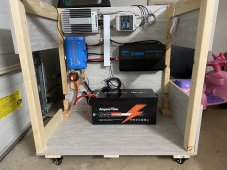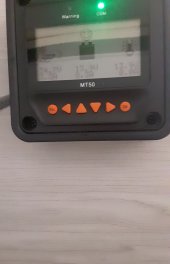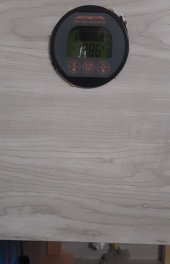Hello Everyone,
So I'm having an issue charging my battery over 13.9V. I've programed my solar charge controller to the parameters listed fo the batter per the vendor, there seems to be adequate voltage coming from the panels and I feel confident I've over sized the wire as well to prevent any kind of voltage drop. After watching quite a few videos it seems the range you want lithium to be at is 14.2-14.6? Unless my battery is at good charge at 13.8. Can anyone help or give me ideas to troubleshoot?



So I'm having an issue charging my battery over 13.9V. I've programed my solar charge controller to the parameters listed fo the batter per the vendor, there seems to be adequate voltage coming from the panels and I feel confident I've over sized the wire as well to prevent any kind of voltage drop. After watching quite a few videos it seems the range you want lithium to be at is 14.2-14.6? Unless my battery is at good charge at 13.8. Can anyone help or give me ideas to troubleshoot?





